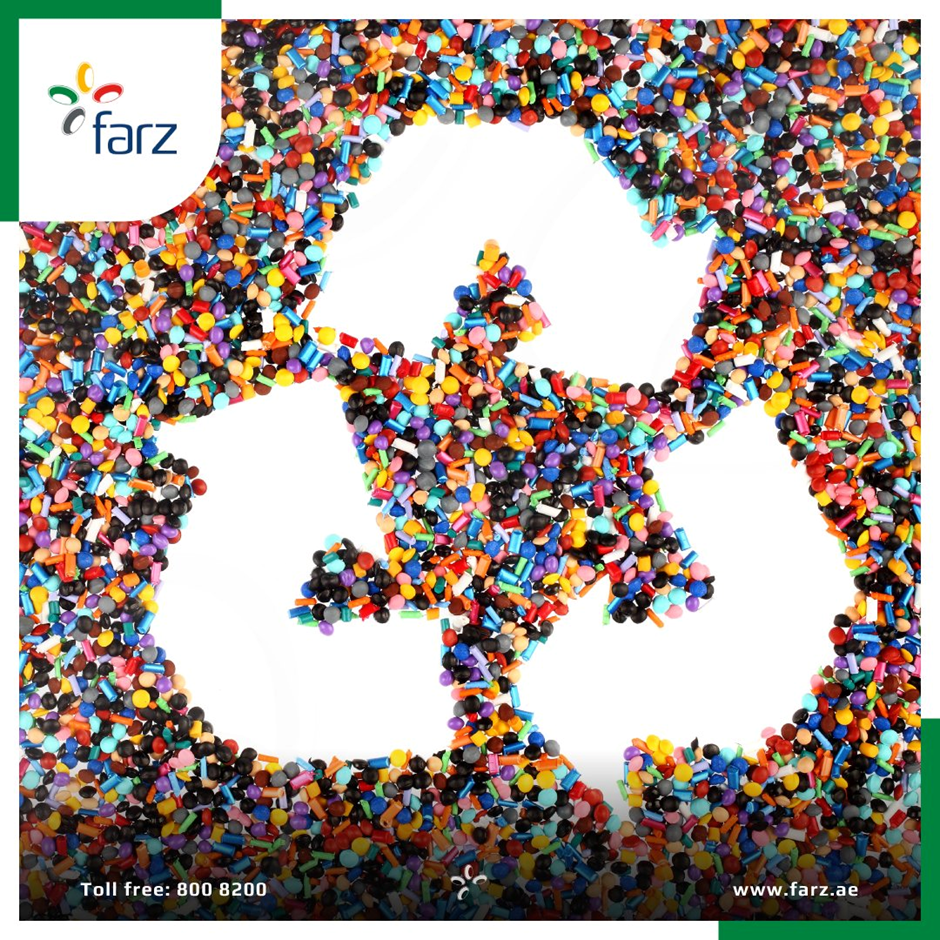Recycling is an essential part of modern waste management practices, playing a crucial role in reducing environmental impact and conserving natural resources. Different materials can be recycled, each offering specific benefits. This article explores the most common types of recycling material and their advantages.

1. Paper and Cardboard
Types:
- Newspaper
- Office paper
- Cardboard boxes
- Magazines
Benefits:
- Conservation of Trees: Recycling paper and cardboard reduces the need for deforestation. For every ton of recycled paper, approximately 17 trees are saved.
- Energy Savings: The process of recycling paper uses 60% less energy than producing new paper from raw materials.
- Reduction in Landfill Space: Paper products take up significant space in landfills. Recycling helps decrease the volume of waste in landfills.
- Reduction of Greenhouse Gases: Recycling paper produces less methane and carbon dioxide compared to paper decomposition in landfills.
2. Plastics
Types:
- PET (Polyethylene Terephthalate) – used in beverage bottles
- HDPE (High-Density Polyethylene) – used in milk jugs and detergent bottles
- PVC (Polyvinyl Chloride) – used in pipes and medical equipment
- LDPE (Low-Density Polyethylene) – used in grocery bags and some packaging films
- PP (Polypropylene) – used in yogurt containers and bottle caps
- PS (Polystyrene) – used in disposable coffee cups and plastic food boxes
Benefits:
- Reduction in Energy Consumption: Producing new products from recycled plastics requires less energy compared to manufacturing from virgin materials.
- Reduction of Pollution: Recycling plastics reduces the pollution associated with the extraction and processing of raw materials.
- Decreased Landfill Waste: Plastics are durable and take hundreds of years to decompose. Recycling helps mitigate the accumulation of plastic waste in landfills.
- Resource Conservation: Recycling plastic conserves petroleum, a non-renewable resource used in the production of new plastic.
3. Metals
Types:
- Aluminum (cans, foil)
- Steel (cans, construction materials)
- Copper (wires, pipes)
- Brass (plumbing fixtures, door handles)
Benefits:
- Energy Savings: Recycling metals like aluminum saves up to 95% of the energy required to produce the same amount from raw materials.
- Conservation of Natural Resources: Recycling metals reduces the need for mining and extraction, preserving natural habitats and reducing environmental degradation.
- Economic Benefits: Recycling metals creates jobs in the recycling and manufacturing industries.
- Reduction in Greenhouse Gases: Metal recycling produces significantly fewer greenhouse gases compared to new metal production.
4. Glass
Types:
- Beverage bottles
- Jars
- Windows
- Light bulbs
Benefits:
- Infinite Recyclability: Glass can be recycled indefinitely without losing its quality or purity.
- Energy Efficiency: Recycling glass uses about 30% less energy than producing new glass from raw materials.
- Reduction in Raw Material Usage: Recycling glass reduces the need for raw materials like sand, soda ash, and limestone, thus preserving natural resources.
- Environmental Preservation: Recycling glass decreases the volume of waste sent to landfills and reduces the environmental impact of mining raw materials.
5. Electronic Waste (E-waste)
Types:
- Computers
- Mobile phones
- Televisions
- Household appliances
Benefits:
- Recovery of Valuable Materials: E-waste recycling recovers precious metals like gold, silver, and platinum, which can be reused in manufacturing new electronics.
- Reduction of Toxic Substances: Proper recycling prevents hazardous substances found in electronics, such as lead, mercury, and cadmium, from polluting the environment.
- Conservation of Resources: Recycling electronic components reduces the need for raw material extraction, preserving natural resources and energy.
- Job Creation: The e-waste recycling industry creates jobs in the collection, processing, and refurbishing of electronic devices.
6. Textiles
Types:
- Clothing
- Towels
- Bedding
- Upholstery fabrics
Benefits:
- Reduction in Landfill Waste: Textiles account for a significant portion of landfill waste. Recycling textiles reduces the volume of waste disposed of in landfills.
- Resource Conservation: Recycling textiles conserves resources by reducing the demand for new raw materials, such as cotton and synthetic fibers.
- Energy Savings: Recycling textiles uses less energy compared to producing new fabrics from raw materials.
- Support for Charitable Causes: Donated textiles often support charitable organizations that provide clothing and other essentials to those in need.
Conclusion
Recycling various materials offers substantial environmental, economic, and social benefits. From conserving natural resources and reducing energy consumption to minimizing landfill waste and pollution, the advantages of recycling are immense. By understanding and participating in recycling practices, individuals and communities can contribute to a more sustainable and environmentally friendly future.
